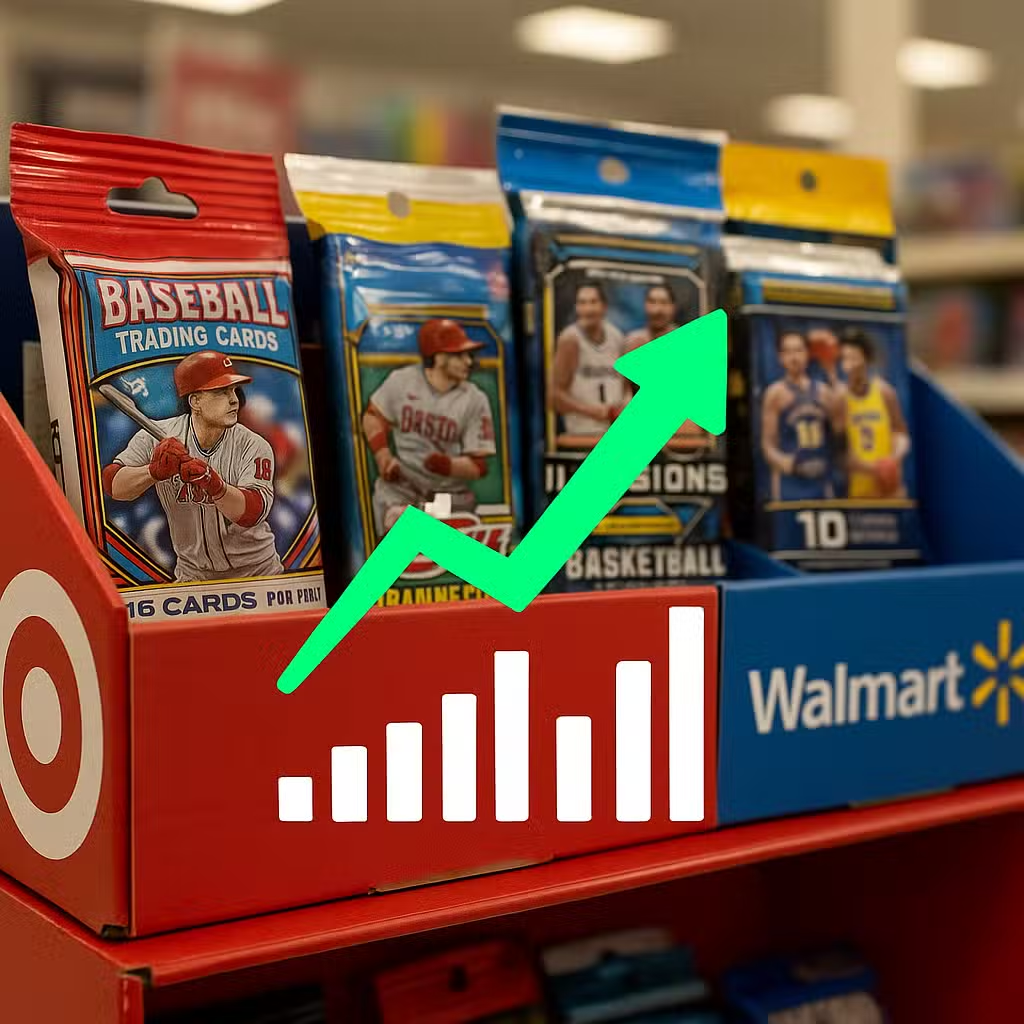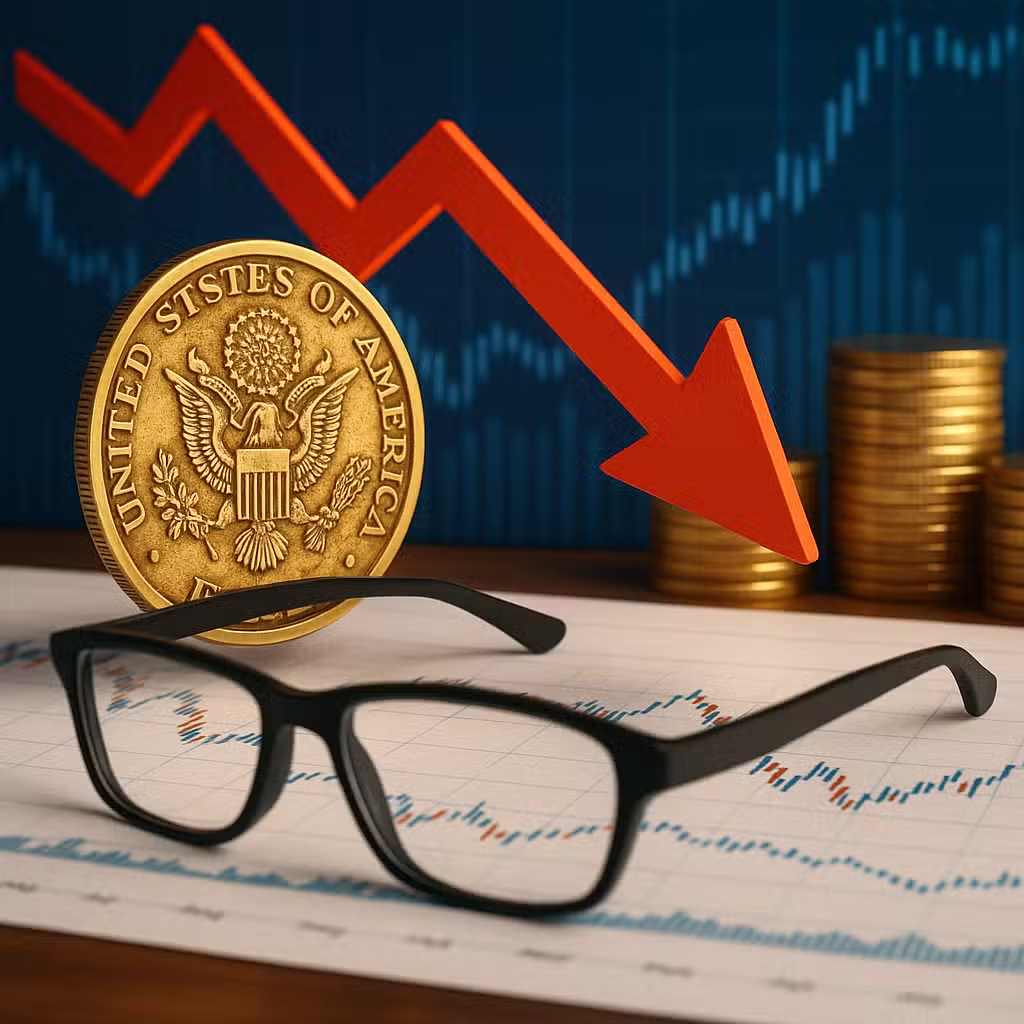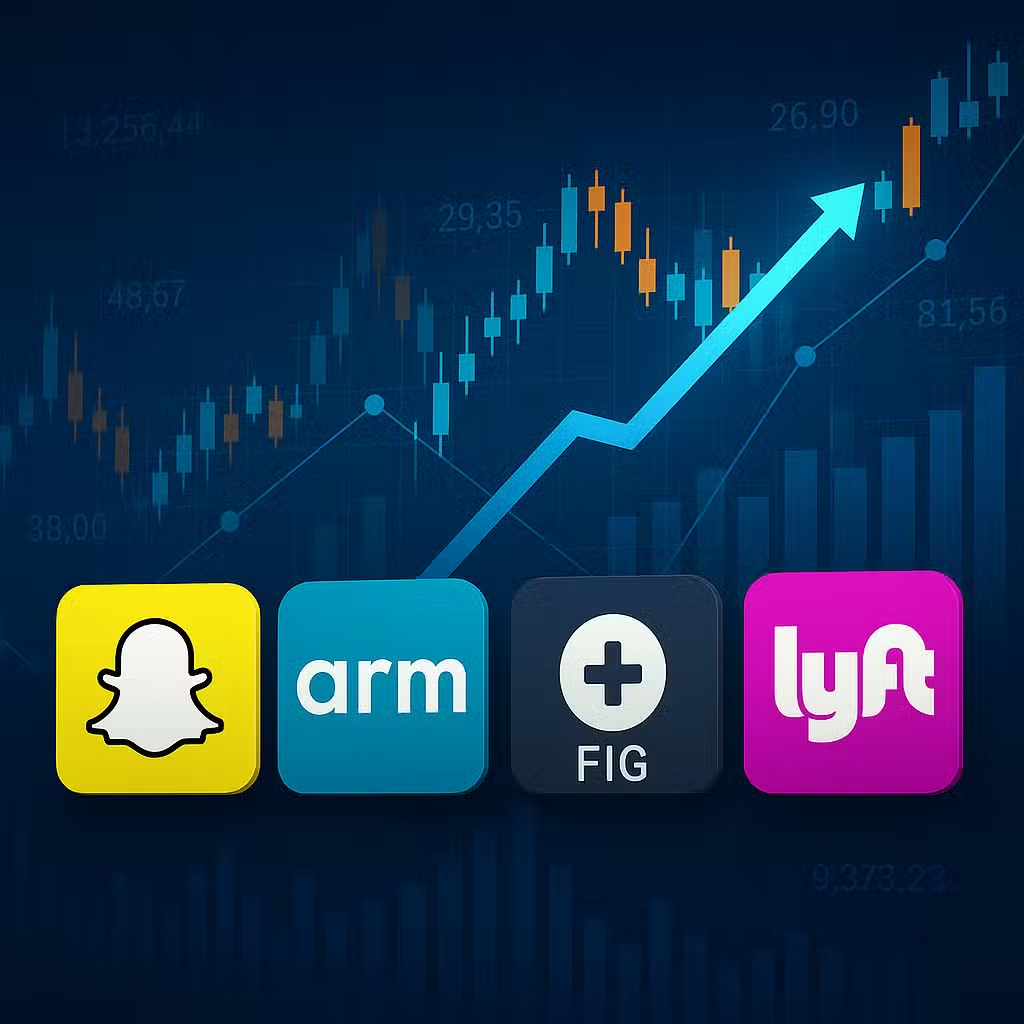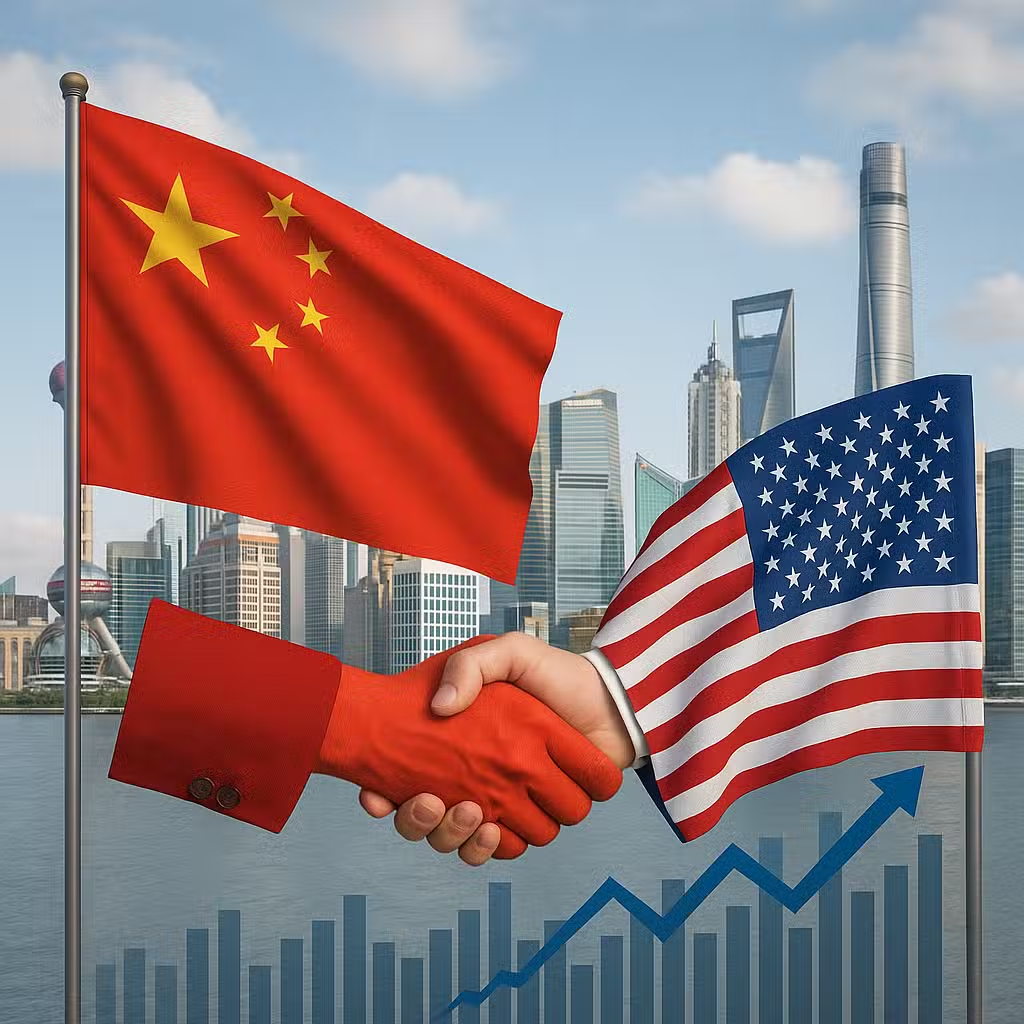Target and Walmart See Trading Card Sales Surge, Offering Investors Holiday Season Upside
Imagine if your old baseball cards or Pokémon cards were like buried treasure in your closet—suddenly, everyone wants a piece! That’s what’s happening with trading cards right now, and it’s making waves in the world of investing.
Why Investors Should Care About Trading Cards
Trading cards aren’t just for kids anymore. From NFL stars to Pokémon and even Taylor Swift, these collectible cards are one of the hottest things in stores this year. Big retailers like Target and Walmart are stocking up, expecting strong sales not only from kids but from adults too.
For investors, this is important because trading cards are becoming a big business. Target expects to make over $1 billion from card sales this year. Some online markets saw trading card sales jump by 200% in just a few months. That kind of growth can impact companies’ profits, stock prices, and even entire sectors like retail and collectibles.
Bull Case: The Upside of Trading Cards
- Huge Growth: Sales of non-sports trading cards are up 103% this year, and sports cards are up 48% according to Circana.
- Wide Appeal: Millennials and Gen Z are fueling demand. Many adults are buying cards for themselves as a fun escape or a new hobby.
- Alternative Investments: Pokémon cards, for example, have delivered a return of over 3,800% since 2004 (Wall Street Journal).
- Year-Round Sales: Unlike other toys, cards sell well all year—not just during the holidays. This helps retailers avoid slow seasons.
- New Audiences: WNBA and soccer cards are growing fast, especially among young girls and with big events like the FIFA World Cup coming up.
Bear Case: The Risks and Downsides
- Not Just for Gifts: Most card buyers are buying for themselves, not as gifts. That could hurt holiday sales.
- Market Volatility: Card values can swing wildly, just like stocks. A rookie player’s card can soar or crash based on their performance.
- Old Cards Not Popular: Vintage cards (from before the 1970s) aren’t as interesting to younger collectors. High prices and scarcity make them harder to get into.
- Supply Limits: Stores often limit purchases to stop resellers, which could slow down sales growth.
- Possible Bubble: Some experts warn that the rush to buy cards could lead to a bubble, like what happened in the 1990s when too many cards were made and values crashed.
Trading Cards: More Than a Trend
The trading card market almost fell apart in the 1990s because too many cards were printed. But since the pandemic, trading cards have bounced back. People love the nostalgia, the community, and, for some, the chance to invest in something fun. Pokémon cards, for example, are seen as more stable than sports cards—Pikachu can’t get injured or benched!
Retailers are betting big on trading cards, with new drops, bold displays, and more options than ever. And the market keeps expanding: the WNBA is bringing in new fans, and with the 2026 World Cup coming, soccer cards are next in line to boom.
According to a Statista report, the global trading card market was valued at over $13 billion in 2022 and is expected to grow steadily in the years ahead.
Investor Takeaway
- Watch Retail Stocks: Companies like Target and Walmart could benefit from strong card sales, especially during slow seasons.
- Diversify with Alternatives: Consider collectibles like trading cards as a small part of a wider investment mix, but remember the risks.
- Look for New Trends: Keep an eye on fast-growing segments like women’s sports cards and soccer ahead of major events.
- Don’t Chase the Hype: Be cautious about overpaying for cards or investing too much—values can drop quickly if the market cools off.
- Focus on Enjoyment: If you invest in trading cards, make sure you actually like them. That way, even if prices fall, you’ll still have something fun to enjoy.
For the full original report, see CNBC







